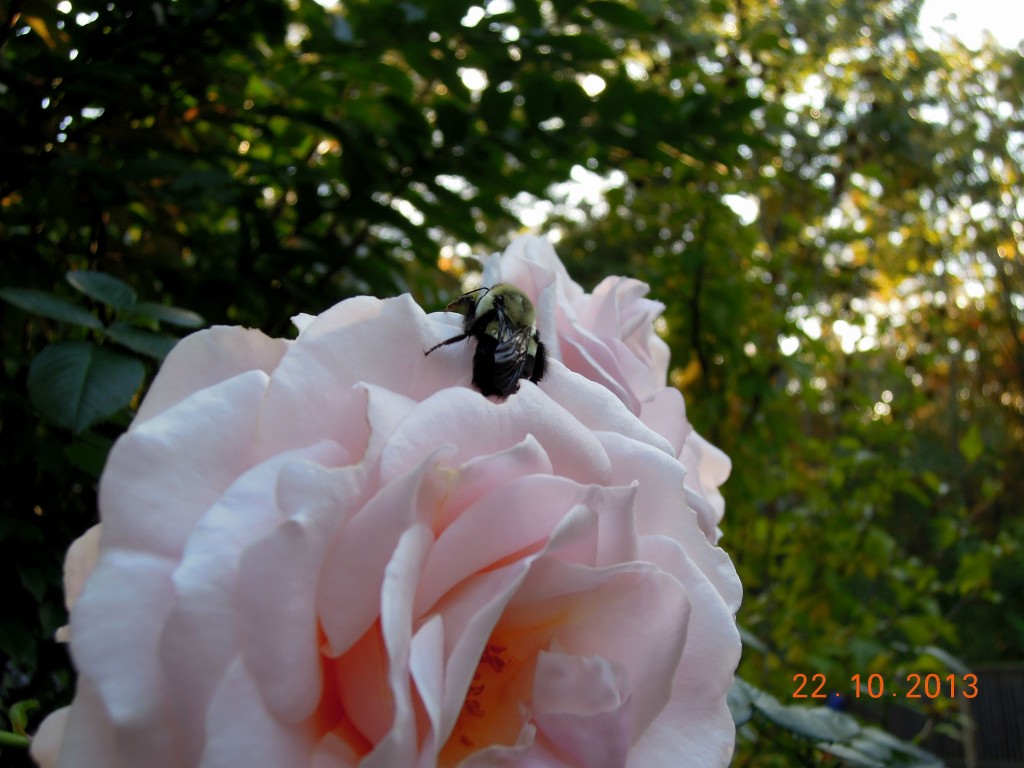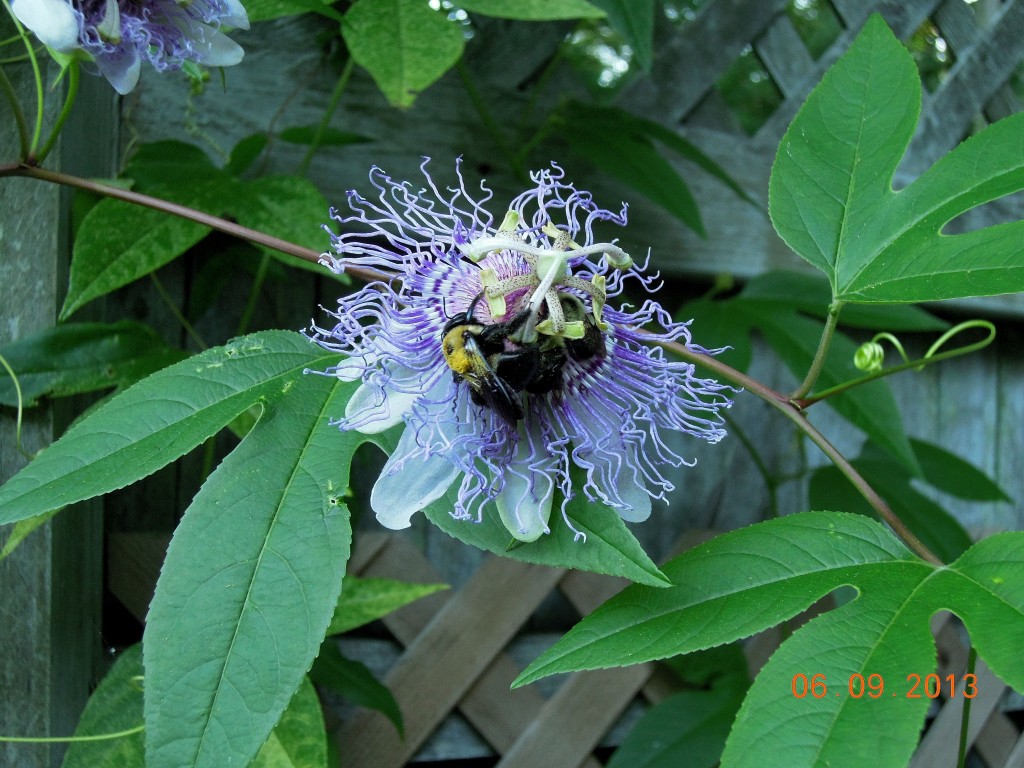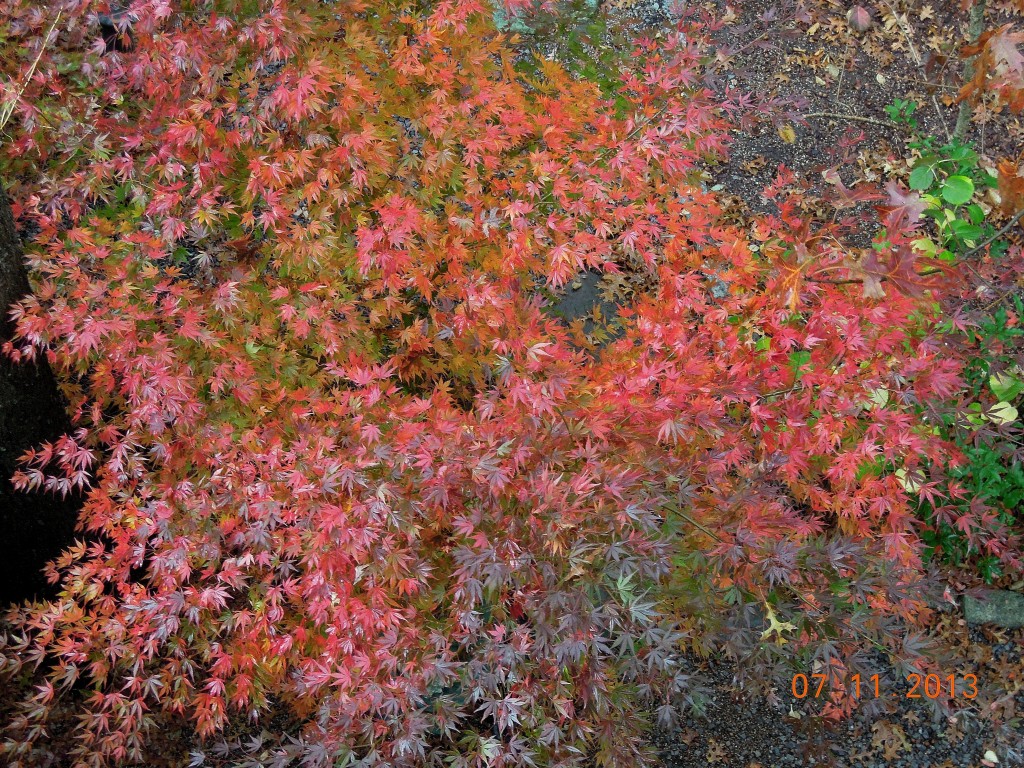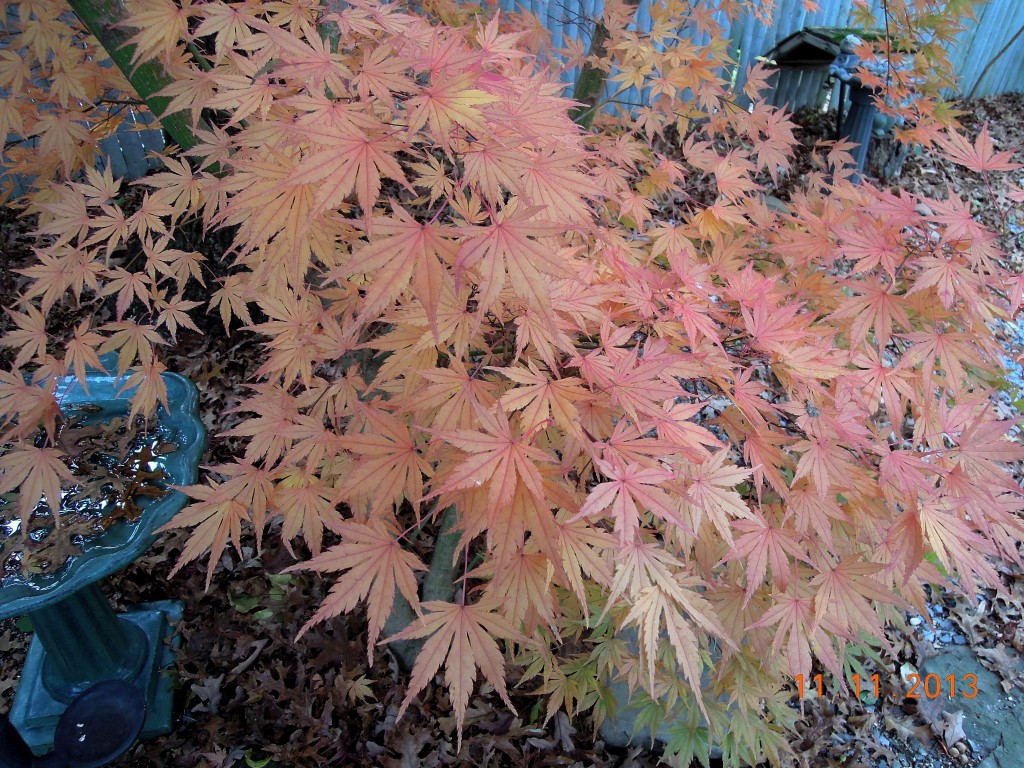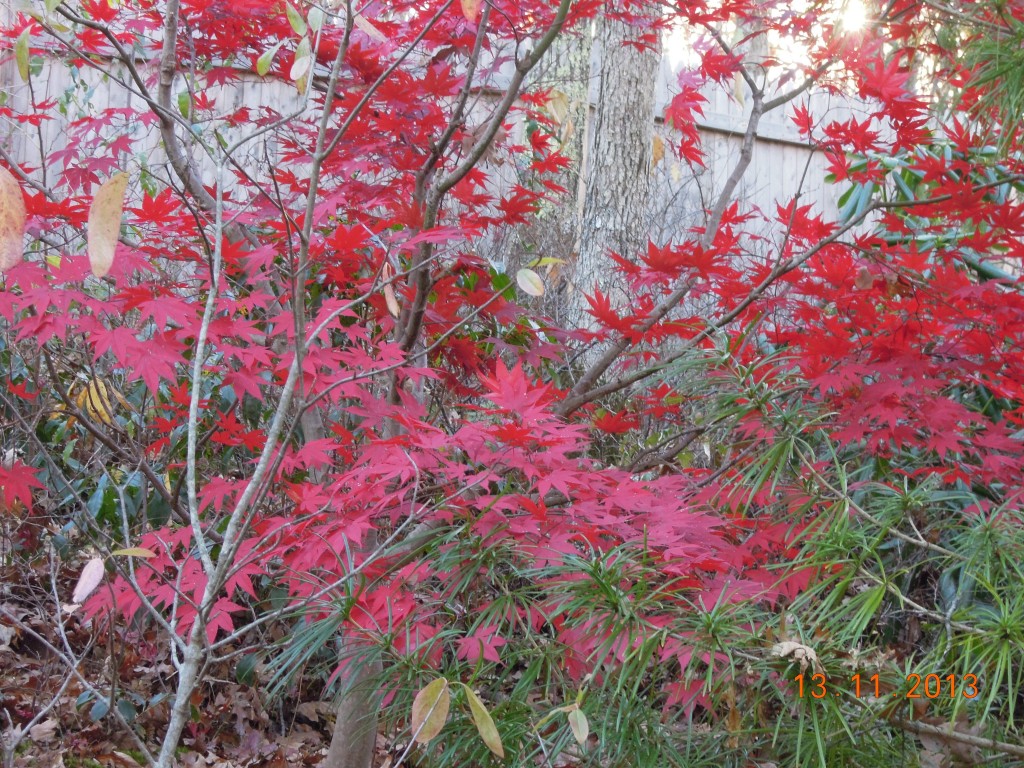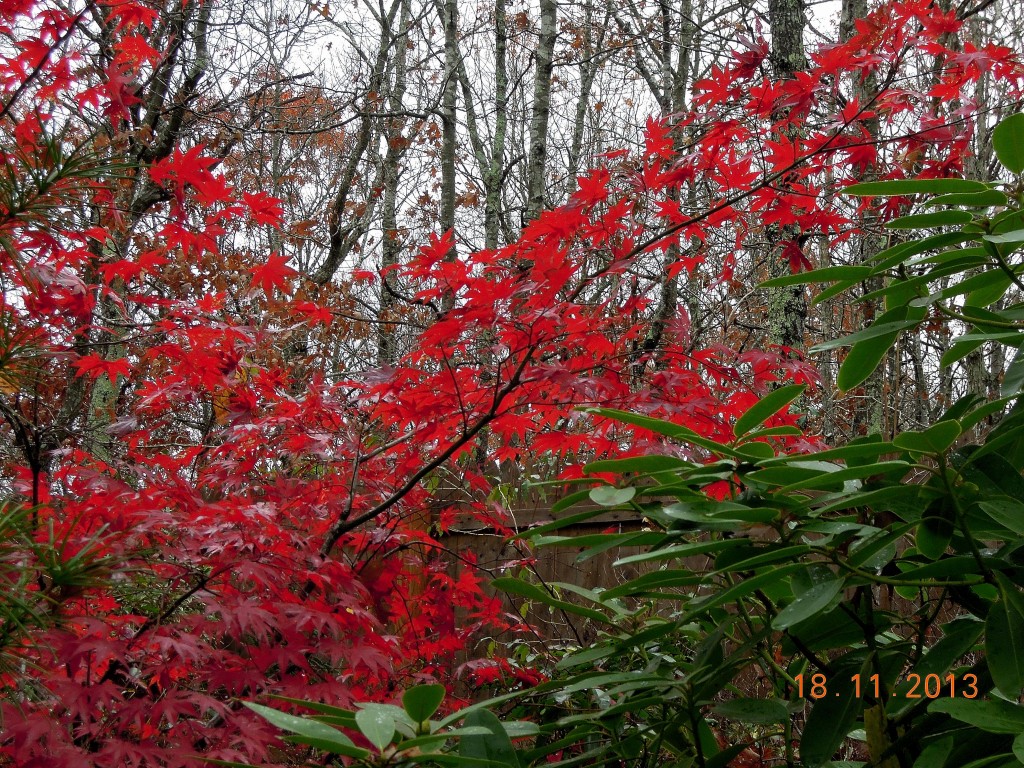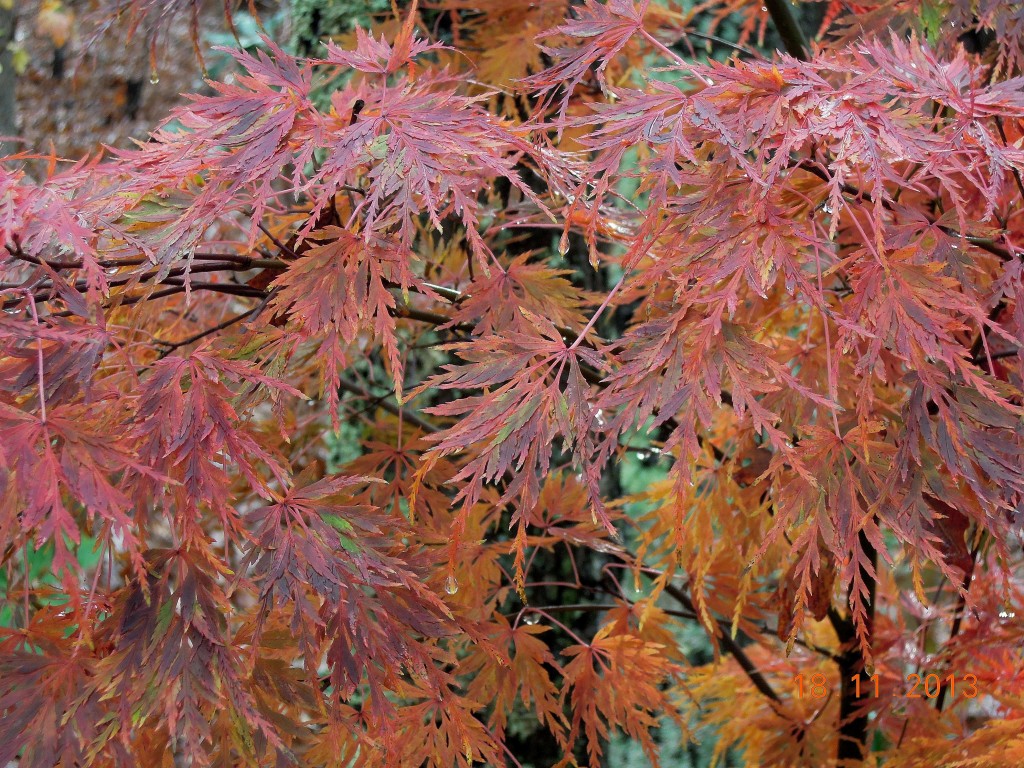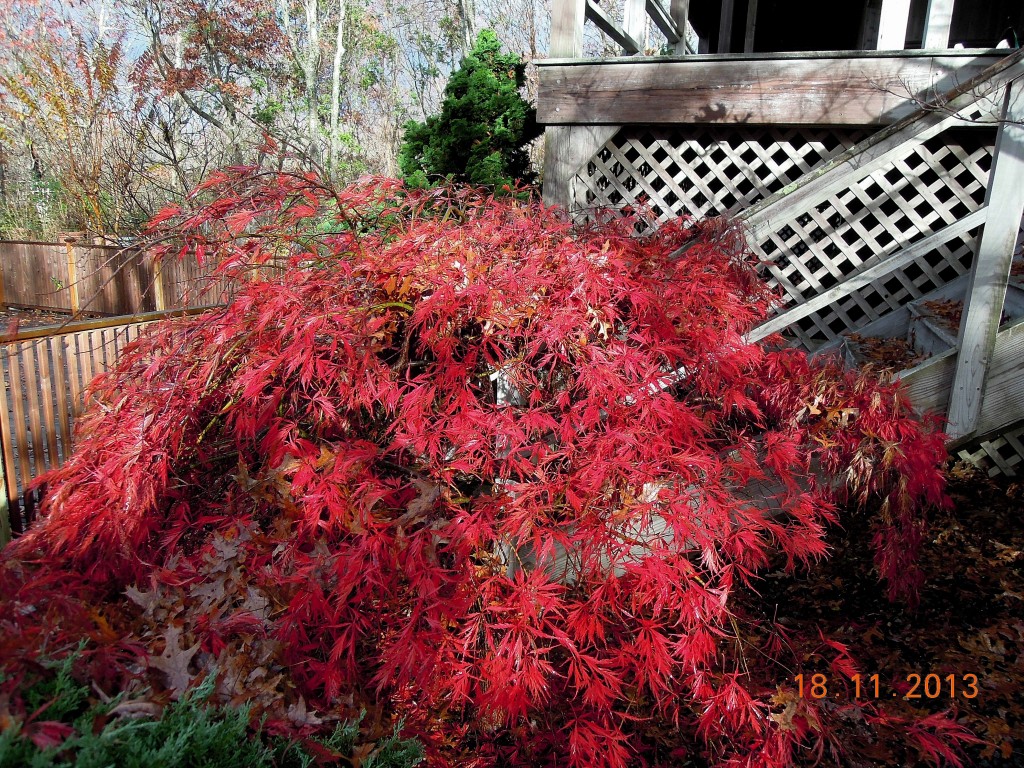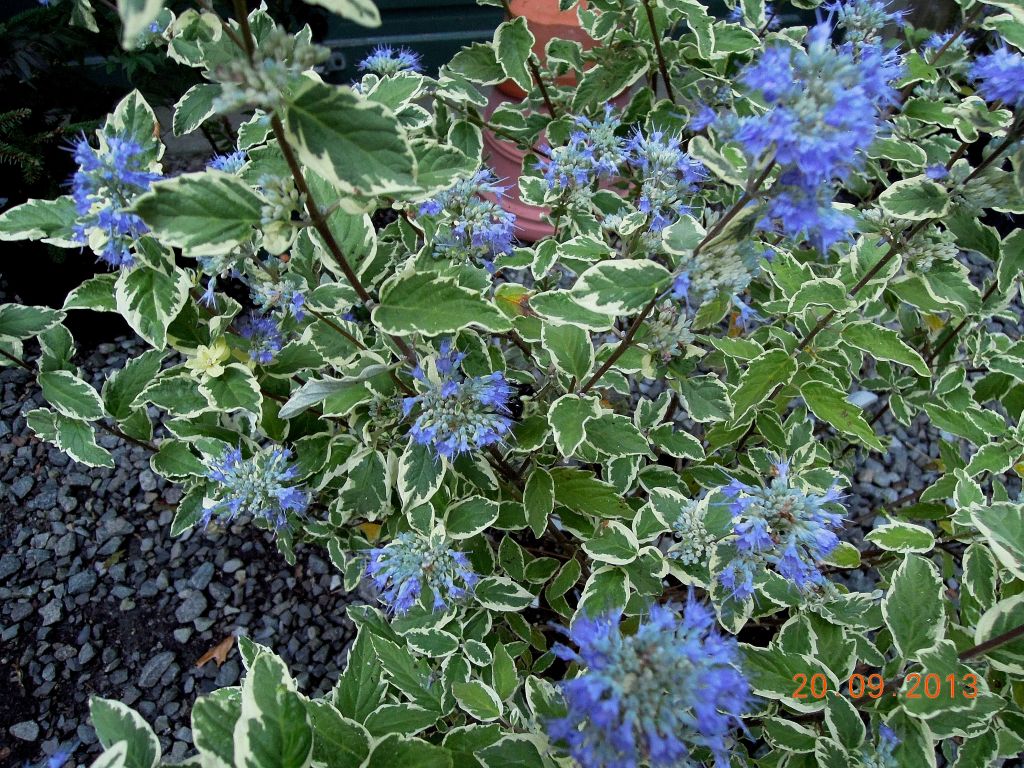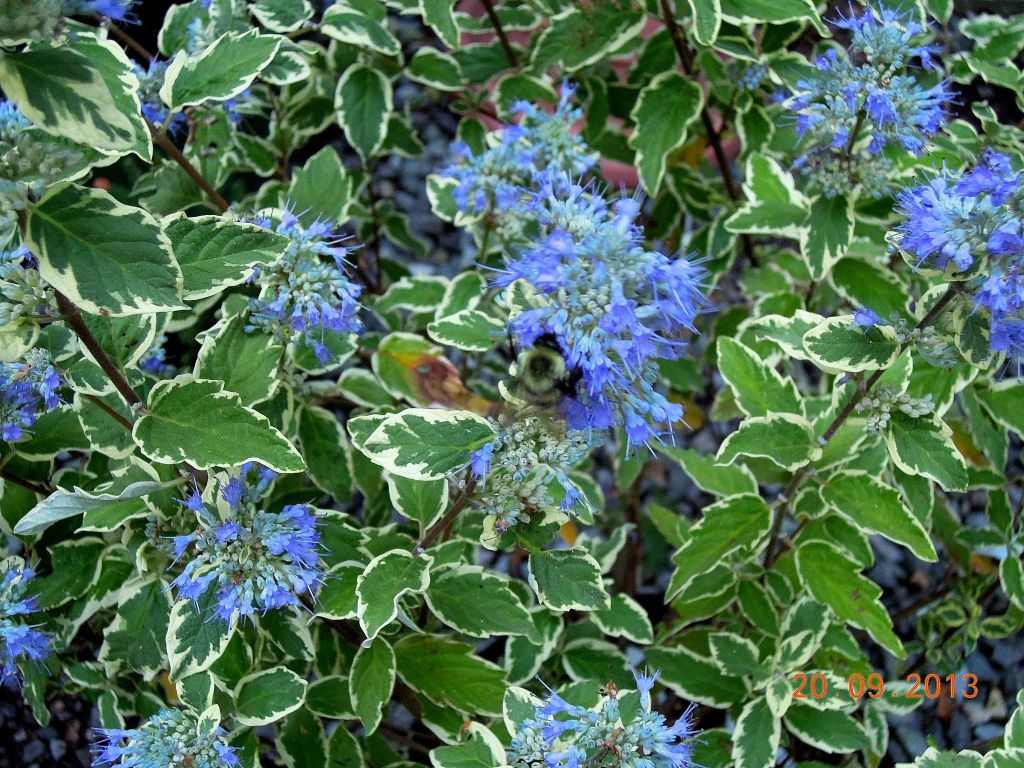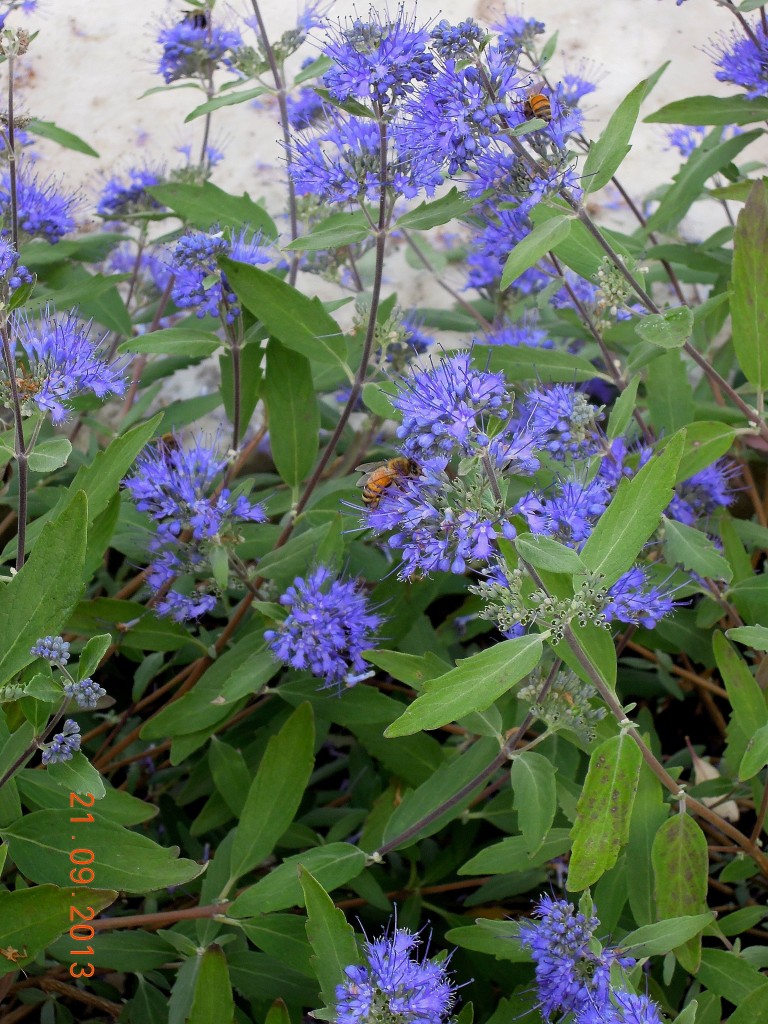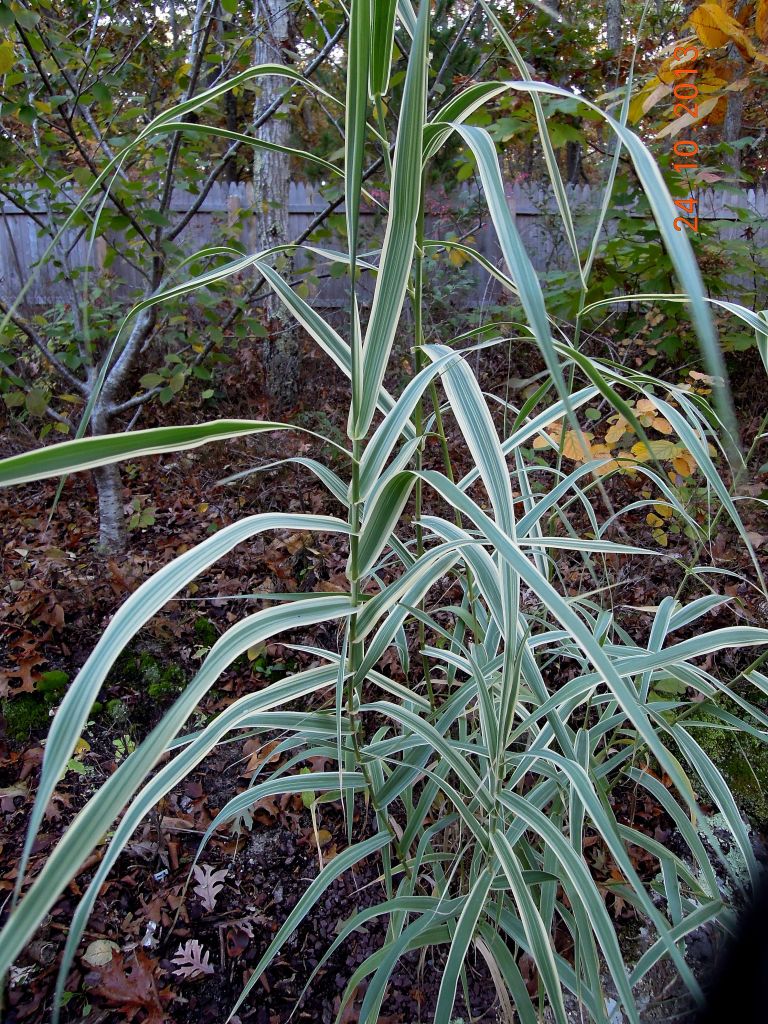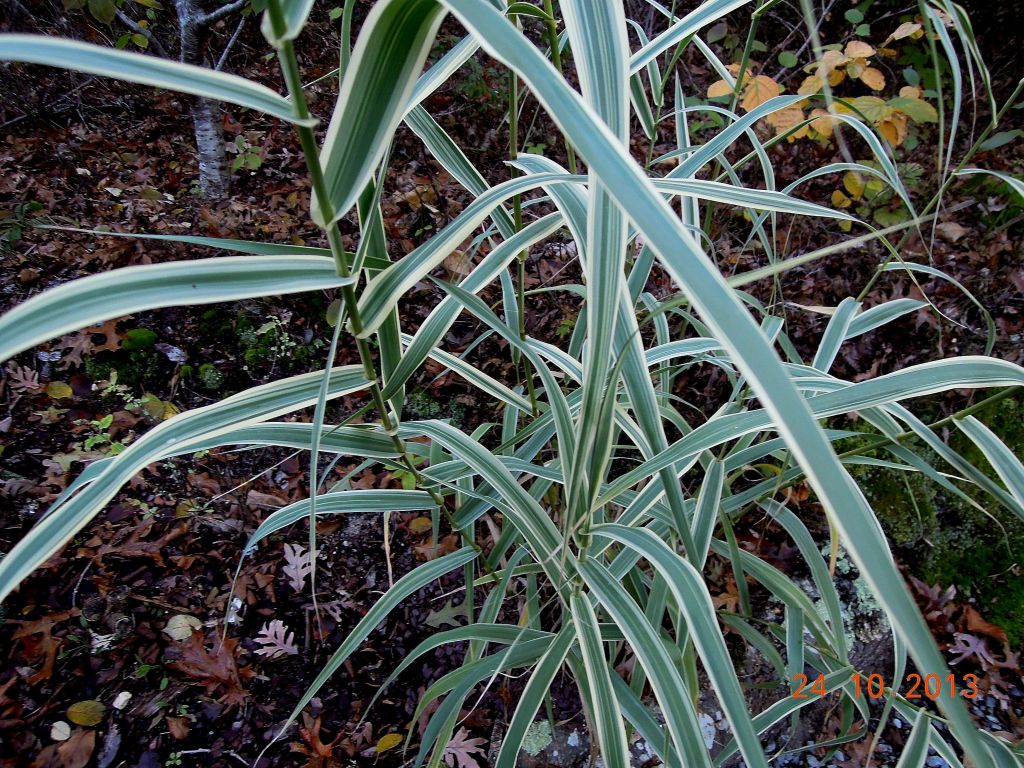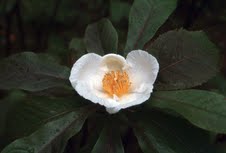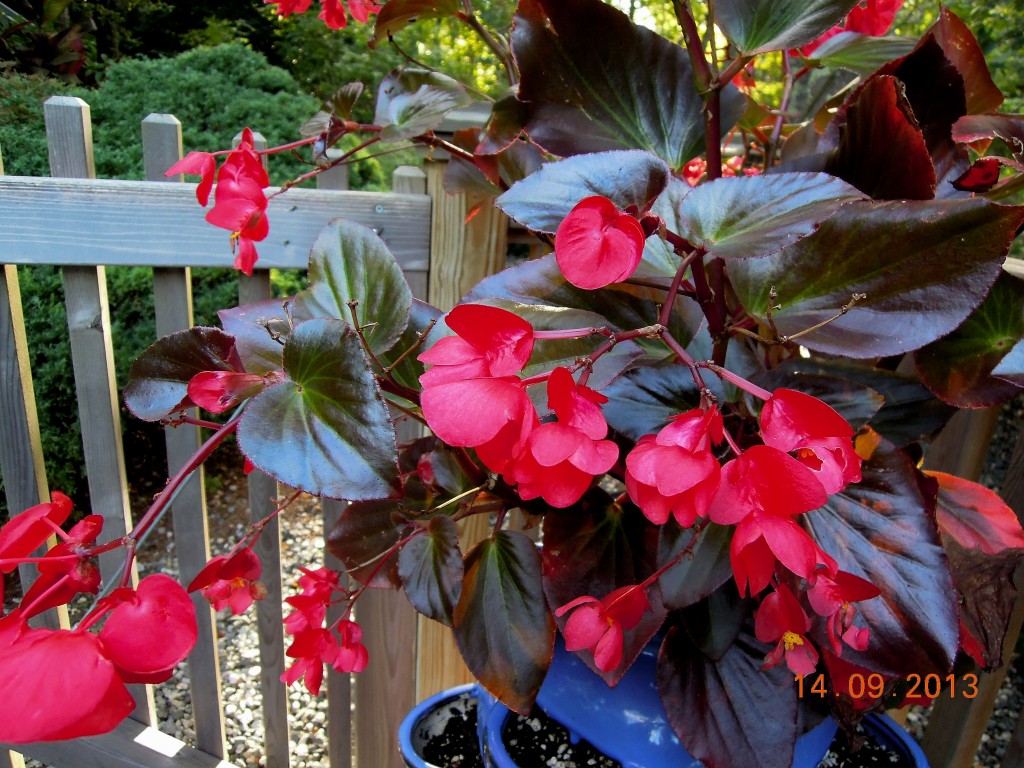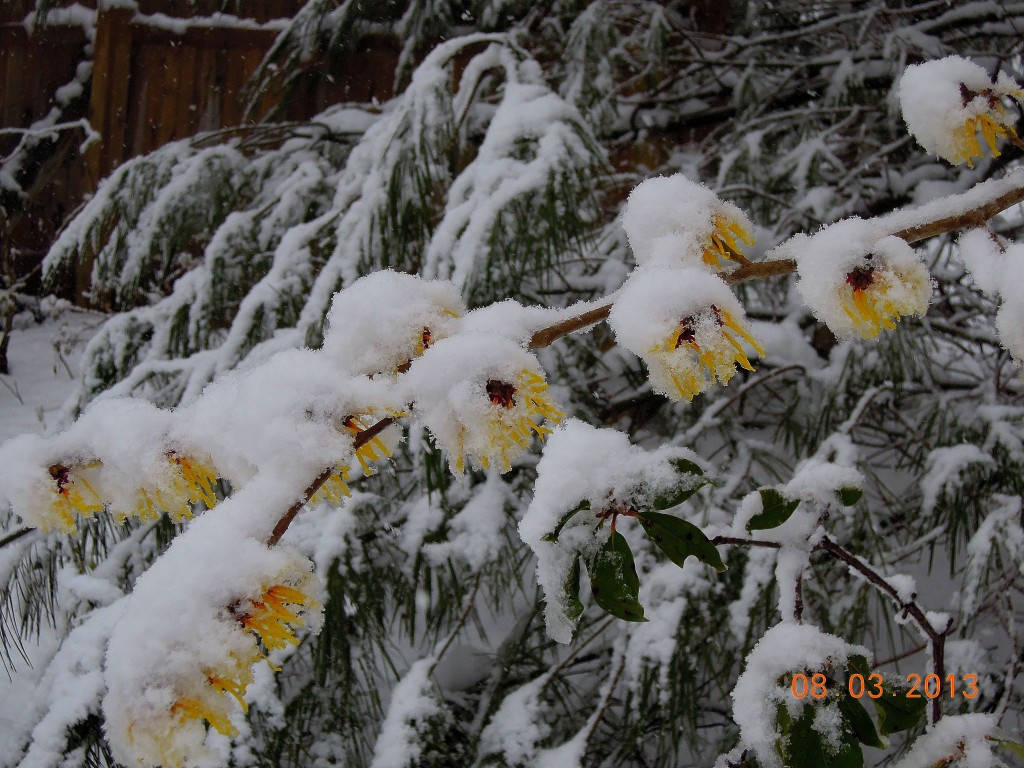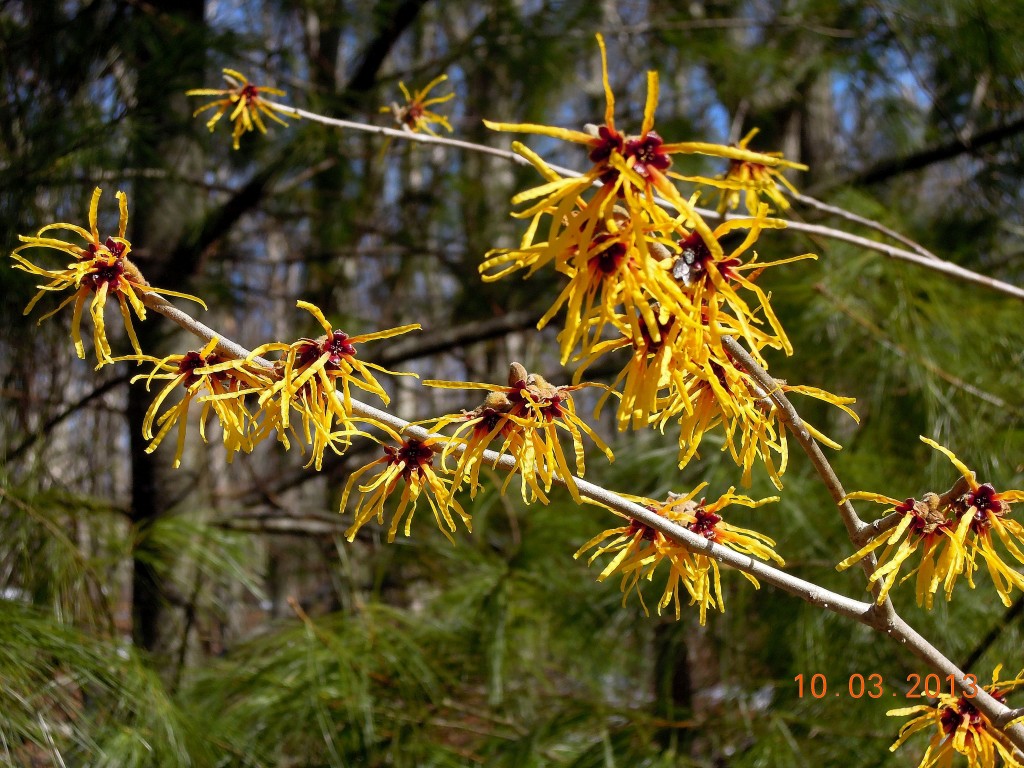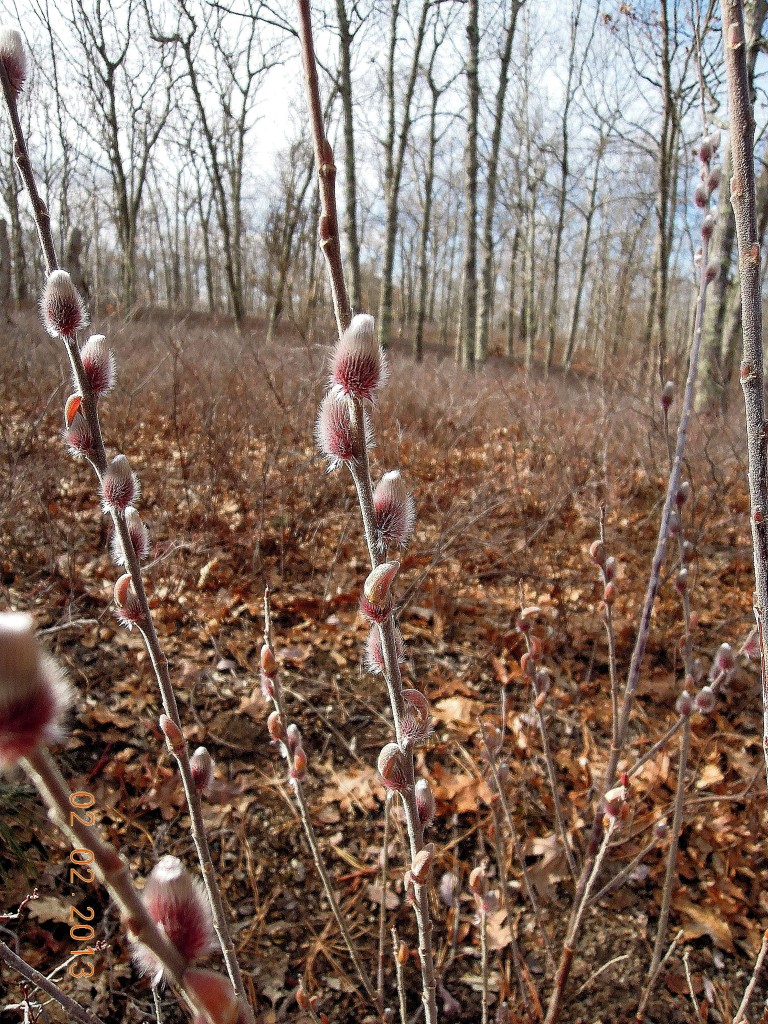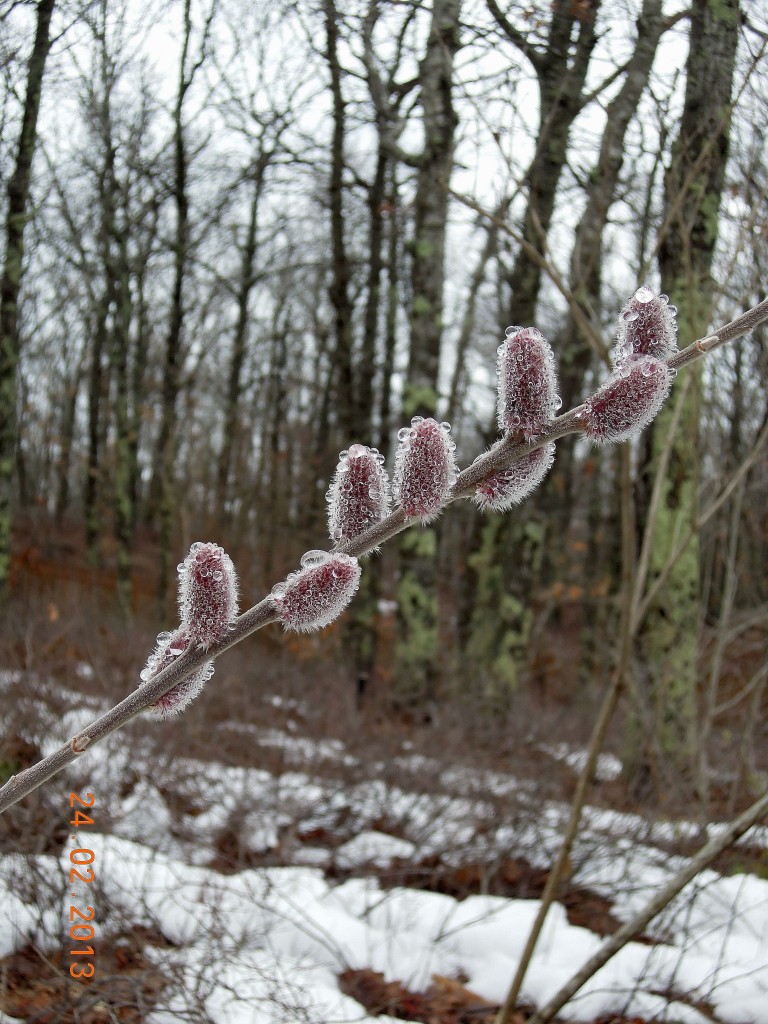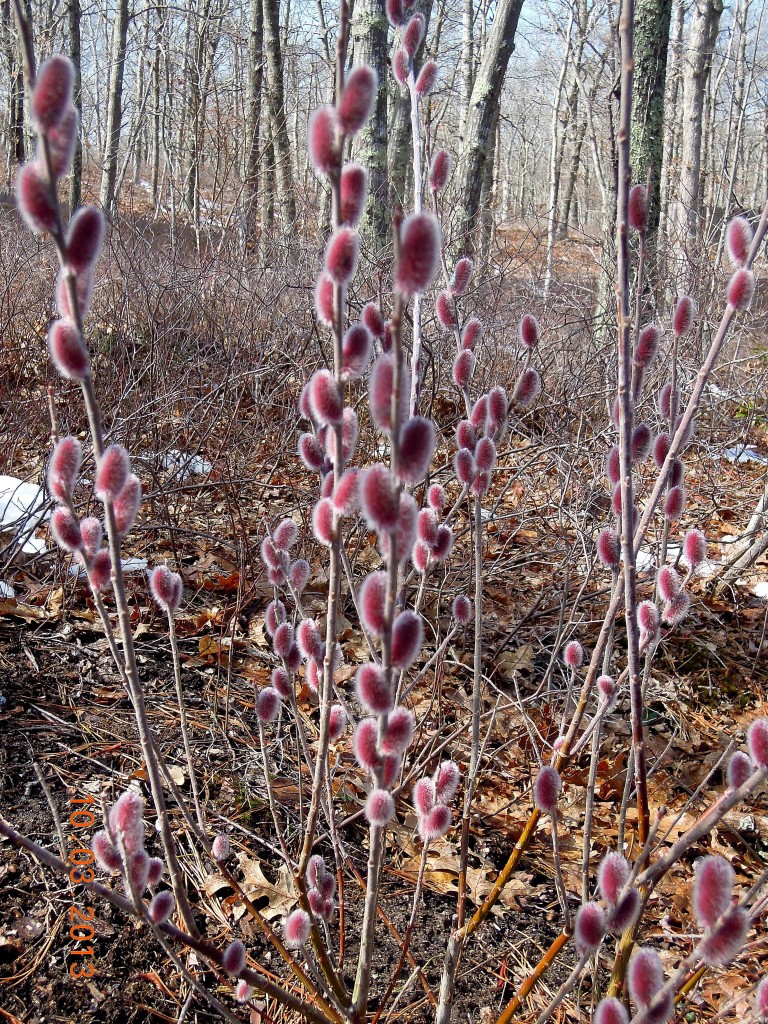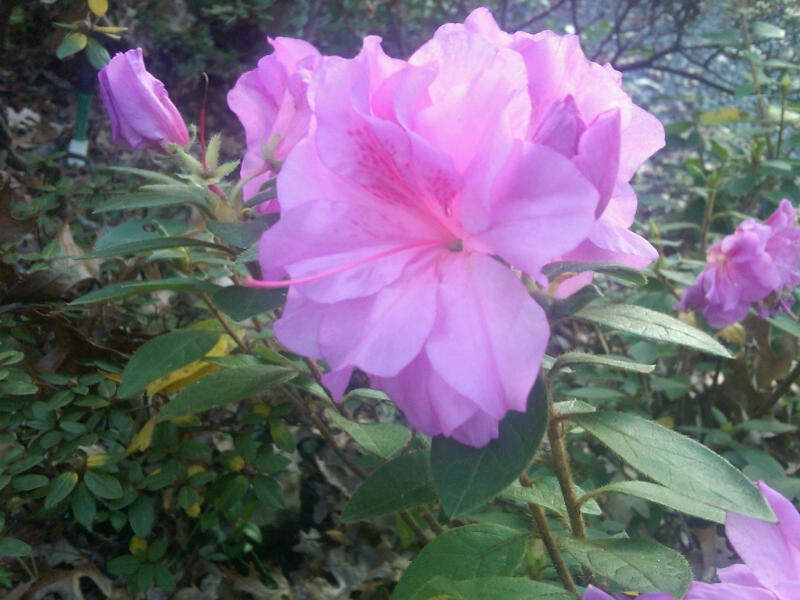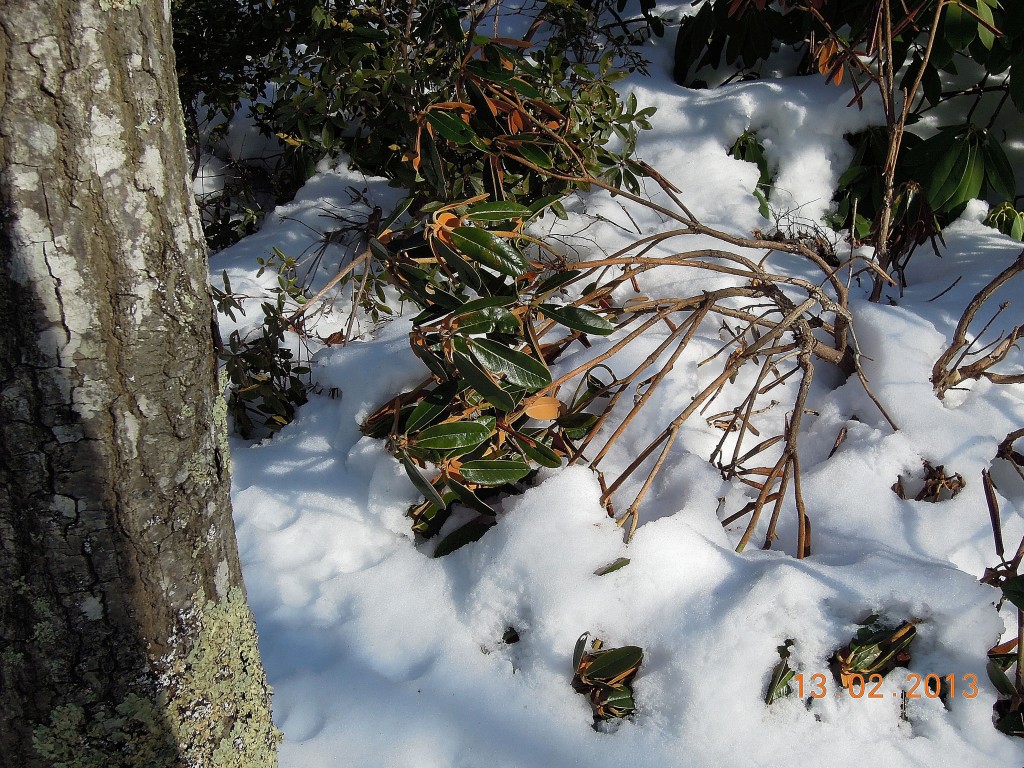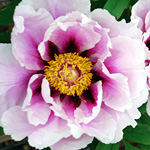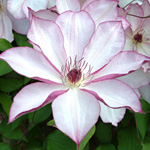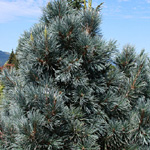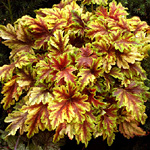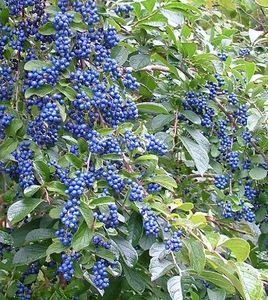When I saw the first bees arrive and buzz about the garden it was cause for celebration.
While a quarter of the American diet depends on bee pollination, for almost a decade bees have been dying en masse. This time period coincides with the increased use in agriculture and in gardens of an extremely toxic group of pesticides called neonicotinoids. Last year, 40 to 50 % of the honeybee hives needed to pollinate fruit and vegetables in the U.S. were lost.
On April 29 the European Union’s health commissioner announced that the European Commission would enact a two-year ban on neonicotinoids. “I pledge to do my utmost,” he said, “to ensure that our bees, which are so vital to our ecosystem and contribute over 22 billion euros annually to European agriculture, are protected.”
Yet despite numerous studies and scientific evidence linking these chemical pesticides and the loss of bees, our government has not taken remedial action . Well, strike that. The United States Department of Agriculture (USDA) has been motivated to “assess” the situation.
Another USDA assessment casts some light on what that means. A Director at the USDA has recently recommended approval of a U.S. based slaughterhouse for horses intended for human consumption, the first since 2007. Not only does the owner of the proposed slaughterhouse have a criminal record but in 2009 and 2010 his previous business, a cattle slaughterhouse, was effectively shut down by the USDA for serious violations of sanitation and food safety. These violations included “inadequate” testing for E. coli, and “irregularities” in the segregation and disposal of animal parts banned for human consumption because they have a high risk of transmitting mad cow disease.
If you fail with cows, you get to kill horses? Gee, it doesn’t bode well for the bees, does it.
Meanwhile, the federal Environmental Protection Agency (EPA) is “in discussion” about its earlier fast-track, inadequately reviewed, approval of the neonicotinoids, but it has put off making any decision until 2018. I guess they figure if they wait until all the bees are dead they won’t actually have to do anything at all. And that is what the bio-chemical giants that manufacture and profit in the billions from the poisons are probably counting on— indeed expecting; they have been playing footsie with these federal agencies for years.
It’s business as usual in Washington.
Fortunately, private individuals and groups have stepped up to the plate. Two months ago, beekeepers, environmental organizations, and consumer groups sued the EPA on behalf of the bees, asking, inter alia, that two of the most toxic and dangerous neonicotinoids be removed from commerce. (Ellis et al. v. Bradbury et al., United States District Court for the Northern District of California, March 21, 2013). The bees and I will closely follow developments.
I am reminded of another case, one before the Supreme Court of the United States, Baldwin et al v. Fish and Game Commission of Montana et al. (1978). When I was teaching I found it very useful in illustrating how parties to a lawsuit determine the issue before the Court. Here, hunters were suing the State of Montana because they, non-residents, were forced to pay more than Montana residents for a hunting license to kill elk in Montana. The Supreme Court decided the issue in favor of Montana: It was not a violation of law for Montana to charge non-residents more for the right to kill elk.
I asked, would the issue have been different if the elk were represented by counsel?
Unlike the hapless elk, the bees’ interests are represented. Hopefully that will affect the outcome.
Moreover, be aware that these poisons also endanger birds. A recent comprehensive report by The American Bird Conservancy concludes that “neonicotinoids are lethal to birds as well as to the aquatic systems on which they depend. A single corn kernel coated with a neonicotinoid can kill a songbird.” (The Impact of the Nation’s Most Widely Used Insecticides On Birds (March 2013).)
The good news is that endearing, native bumble bees still abound in my organic garden. The early Spring arrivals are very fond of the masses of flowers produced by Rhododendron ‘Mary Fleming’, an outstanding shrub.
As you can see from the photos below, while her flowers change color somewhat in different light, they are always lovely. I am told, however, that there is an R.’ Mary Fleming’ in the trade with unattractive “muddy” colored bloom. So, if possible, check out the flowers before you buy. ( For a discussion and photos of other wonderful, early Spring blooming, lepidote Rhododendrons, see my Post, Rhododendron Favorites: April 2012).
And treasure the bees and birds. As Rachel Carson, author of the seminal treatise on the dangers of pesticides, Silent Spring, said: “There is something healing in the repeated refrains of nature.” May the music continue.

copyright 2013 – Lois Sheinfeld


copyright 2013 – Lois Sheinfeld










